An essential element of any travel or business trip is the placement of people who went to them. Naturally, tourists, being away from their home, need basic services that provide their vital needs for rest and food.
The World Tourism Organization uses the concept of accommodation (SR) to characterize the place of residence of travelers. This is the name of the room, one-time or constantly provided by an itinerant for an overnight stay. In this article we will consider the current systems of world and Russian classification of accommodation facilities.
Why should accommodation be classified?
How many hotels do you think in the world? Thanks to the information of 2016 received by the French group of companies D2M, counting the accounts of certified hotel complexes in the world, it turns out that there are 386,156 of them.
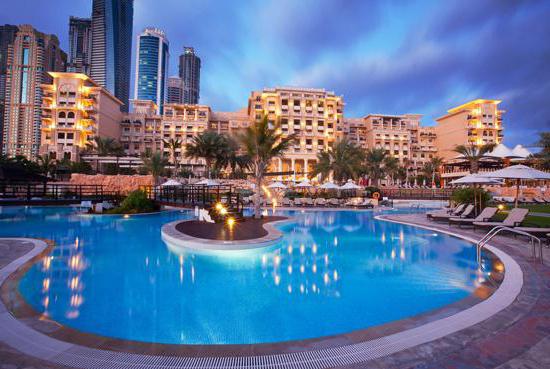
And this is just the core of the global hotel system, because the meticulous French could not take into account hotels "without stars"! But only in Russia they, uncertified, more than 80% of the total. Based on this logic, we can calculate the total number of hotels in the world only with very controversial accuracy, however, without making a mistake in the order. If we take into account all (including non-certified) hotel complexes, there are likely to be up to two million of them.
It is obvious that the evolutionary creation of such a diverse and fragmented system of accommodation facilities makes it difficult to unify them.
Accommodation development
The history of the provision of such services is rooted in the ancient world. It is known that the Roman armies moving along cobbled roads arranged halts near inns located along tracks at equestrian distances.
In medieval history, during pilgrimages, as well as crusades, monasteries provided shelter for strangers, where they received free overnight accommodation, water and bread. Noble travelers used the services of other castle owners. Inner travelers provided shelter and food for the triumphant travelers, while in Russia such establishments were called guest houses.
At the end of the 19th century, with the advent of more advanced vehicles, tourist flows increased by several orders of magnitude. Accommodation facilities have also undergone development. In particular, there appeared a restaurant and hotel business. The pioneers in this business were entrepreneurs living in the Mediterranean near balneological sites.
Since then, revolutionary development and diversification of accommodation facilities has been traced in the world. The first to become famous in this natural process were the American Statler, the Swiss Ritz, the Romanian Negresco, the Austrian Cupelweiser.
French chef and culinary specialist Georges Escoffier became a pioneer in the organization of hotel catering, introducing restaurants into the infrastructure of the Parisian Savoy and Ritz hotels. A new stage in the development of accommodation facilities is associated with the American Conrad Hilton, the founder of the specialization of hotel complexes: a motel, an airport hotel, and a casino hotel. He established himself as an ambitious man, erecting the largest hotel of his time, “Conrad Hilton”.
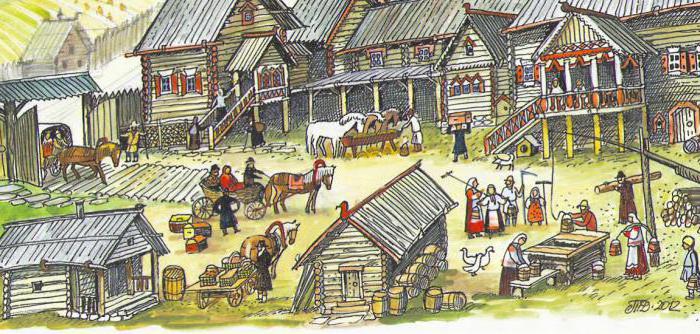
By the middle of the 20th century, the hotel business was becoming more profitable, receiving growing investments. In the mid-70s, the Pan American Airlines erected several Inter Continental hotel complexes. In the 80s there were network hotel complexes "Radisson", "Marriott", "Sheraton".
Currently, accommodation facilities are considered by all countries at the state level as fixed assets that substantially replenish GDP.
Priority International Classification Categories
It should be recognized that the full standardization of accommodation facilities has not yet occurred, and therefore their unified international regulatory classification has not yet been created. In addition to the historical reasons discussed earlier, this is hindered by national characteristics and cultural differences of world states, as well as the resulting differences in the legal status of hotel enterprises.
However, in the absence of a standardized system in the world, they use the classification of one of the UN structures - the World Tourism Organization (WTO), which is involved in the management of tourist flows.
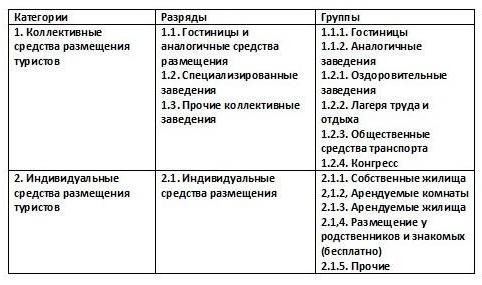
Briefly describe the categories of WTO classification. Collective accommodation facilities (DAC) are real estate properties that provide overnight stays for guests in excess of a minimum amount. Each country individually sets it. For example, in France it is seven people, in Russia - 10.
Mandatory for the CEB is also the presence of the administration, specialization of rooms in accordance with the services provided in them.
Individual means of tourist accommodation (guest houses, rented apartments, etc.) are small businesses. However, they are not the subject of this article.
WTO classification digits. Hotel Features
The classification of hotels and other accommodation facilities (collective) distinguishes the following categories:
- Hotels
- institutions of a specialized type;
- other institutions.
Among them, the largest share is occupied by hotels, that is, accommodation facilities with rooms - rooms providing a range of services.
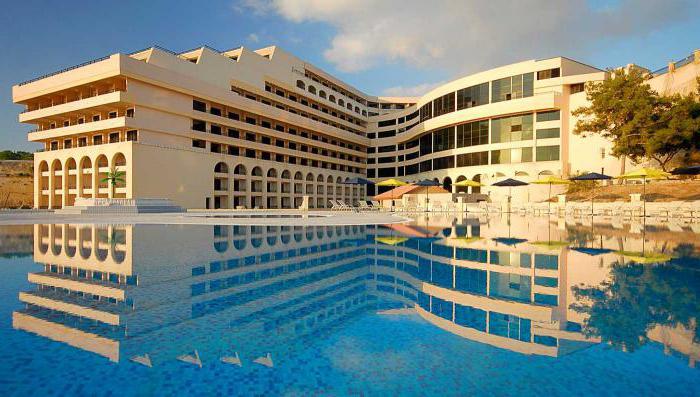
Hotels, being the DAC, provide specific hotel services, the main of which are accommodation and meals. The staff is also required to provide services free of charge:
- the provision of medicines from the first-aid kit;
- call an ambulance;
- at the request of guests - their wake-up;
- mail delivery;
- non-laborious household services (providing needles and threads, boiling water, cutlery).
In addition to basic and free, the hotels provide additional services that are paid and can be entered in advance in the price of accommodation, in accordance with the principle of "all inclusive". Additional services include:
- household character (dry cleaning, washing, haircut);
- shops, rentals, listed on the balance of the hotel;
- guided tours by guides;
- hotel restaurants and bars;
- various kinds of health and entertainment hotel infrastructure;
- transport transportation of vacationers to the beach, trade infrastructure, etc.
All these services must comply with the quality criteria established by the state, i.e., be confirmed by certificates issued to the hotel.
The classification of hotels and other accommodation facilities implies other types of hotels: organized by apartment type; roadside and beach; tourist hostels; clubs with accommodation.
As you know, the "trump cards" of the most famous of these institutions are their famous guests. As an example of such an institution, we will name:
- the Paris Ritz Hotel, where Coco Chanel lived for more than 30 years;
- New York's Waldorf-Astoria, which Frank Sinatra preferred;
- St. Petersburg "Grand Hotel Europe", where Peter Ilyich Tchaikovsky spent his honeymoon.
Another UN Recommended Hotel Classification System
The WTO recommended hotel classification system describes the following types:
- Taysher provides lodging in 50-250 rooms. The latter are similar to those provided by resort hotels.
- The resort hotel is being built in picturesque places, near the sea coast, mountain ranges, etc.The hotel has a fitness and recreational infrastructure. Tariffs for her services are increased.
- The motel serves as a home for traveling motorists. The rooms in it are usually 150-500. The range of services is limited, meals are not provided.
- The apart-hotel has a fund of 100-400 rooms furnished on an apartment basis. In such hotels it is convenient to stay for a long time.
- The middle class hotel is adapted for various groups of guests. It provides an expanded range of services, uses technologies that reduce costs.
- The high-level hotel is located within the city. Usually this is medium or large DAC (400-2000 numbers).
- A premium hotel is also being built in the city. It provides 100-400 superior rooms designed for VIP guests. The staff of such hotels is well-trained, furniture and appliances of a decent class.
About the stars of hotels
The hotel classification system, which is adequate to their equipment and combination of services, is very popular in the world because of its visibility. Hotels are officially assigned stars: from one to five. This process in various countries is regulated by national regulations.
A similar methodology for evaluating hotels in the world is called European. Although, to be more precise, residents of the Old World owe this system of classification of hotels and accommodation facilities to the French, its ancestors.
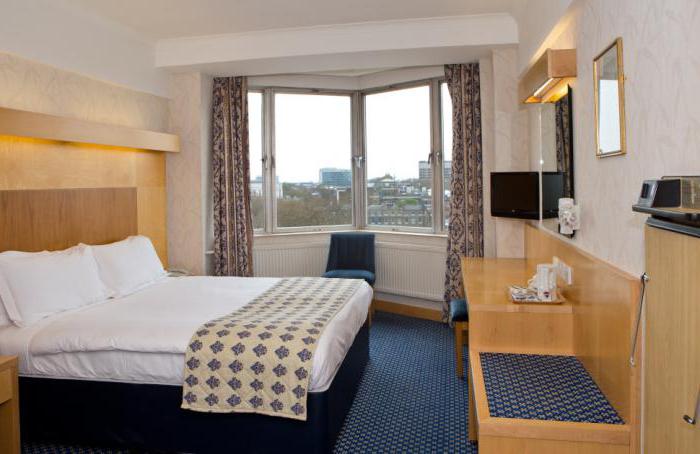
One-star hotels are inexpensive and small, located away from tourist sites, urban infrastructure. Shower and toilet are usually not located in the rooms, but on the floor. Usually meals are not provided, although breakfast is occasionally provided.
Two-star hotels are medium-sized hotel complexes of the “tourist” class. They are built either away from places of interest, or on cheap tourist routes. The rooms have a bathroom. Meals are offered.
Three-star hotels are the most common class for resorts. Located in the 2nd, 3rd line from the beach. Rooms for guests are comfortable, provided with comfortable furniture and necessary appliances (air conditioning, TV, refrigerator). There is also a bathroom and, as a rule, a balcony. The infrastructure of such a hotel complex includes a restaurant, parking for cars, a hairdresser. Often there is an outdoor pool.
Four-star hotels provide superior resort services. Built in the 1st, 2nd line relative to the beach. The rooms have an enlarged area, sound furniture, new appliances. The hotel infrastructure has been developed: in addition to three-star services, there are sports fields, entertainment venues, pools and saunas, and conference rooms.
Five-star hotels are located in the first line and provide top-class spa services. This category of hotel complexes exceeds the four-star level in the following characteristics:
- expensive and varied plumbing, a spacious bathroom and toilet;
- a network of bars and restaurants;
- SPA complex consisting of pools, baths, salons;
- specialized services of sports instructors;
- cultural and sports program, which is implemented by animators;
- the presence of a mini club, children are organized by animators.
Based on a comprehensive criterion, the classification of hotels and accommodation facilities is determined. It is called the level of comfort and includes indicators:
- spaciousness of number of rooms;
- location, destination of the hotel;
- the length of service guests;
- catering;
- the structure of the number of rooms (the ratio of one and multi-room numbers);
- condition of furniture, sanitary and household appliances;
- level of repair of premises;
- condition of the territory and hotel buildings.
Thus, the star system of qualification of hotels, in essence, is five-step.
Russian system
The current classification procedure for tourism industry facilities, including hotels, was approved in the Russian Federation by Order of the Ministry of Culture No. 1215 of July 11, 2014. It includes three stages:
- expert assessment of tourism industry objects;
- decision making by an accredited organization;
- obtaining an object of tourism industry certificate.
A certificate of qualification is issued for three years. After the specified period, the next qualification should take place. Appeals on the correctness of the assessment are considered within a month.
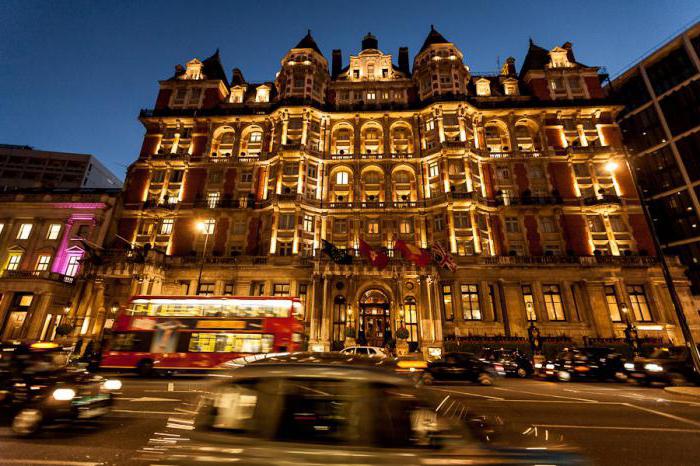
In this normative act, the "European" star classification of hotels and other accommodation facilities is adapted to Russian realities. It is regulated by the ball principle:
- Up to 15 points - no stars;
- 20 points - 1 star;
- 22 points - 2 stars;
- 29 points - 3 stars;
- 44 points - 4 stars;
- 45 points - 5 stars.
The classification procedure for hotels and other accommodation facilities for Russian legal entities that own accommodation facilities is implemented by an accredited organization upon request:
- hotels with a housing stock of more than fifty rooms;
- other collective institutions (5-50 rooms);
- boarding houses, rest houses and similar hotels SR;
- mini-hotels.
According to the mentioned order No. 1215, the classification of hotels in the Russian Federation is determined expertly with the assignment of a certificate:
- mini-hotel;
- one star;
- two stars;
- three stars;
- four stars;
- five stars.
The classification of hotels and other accommodation facilities established by the Order of the Ministry of Culture also introduces a typology of CP numbers:
- Studio.
- Suite
- Apartment.
- Suite
- The highest category.
Thus, the classification of accommodation in hotels of the Russian Federation is simultaneously determined.
The same order defines the classification of hotel-type enterprises in the Russian Federation, according to the number of rooms in their housing stock:
- up to 100;
- 100-300;
- over 300.
The classification system for hotels and other accommodation facilities in the Russian Federation implies a criterion for the quality of service narrower than in European countries.
- Economy class;
- 1 class;
- luxury class.
Hotel qualification systems close to the "star"
However, despite the universality of the French system discussed above, adopted in Russia, the hotel business in different countries has differences in qualifications. In the world there are more than thirty different criteria, taking into account the specifics of different countries.
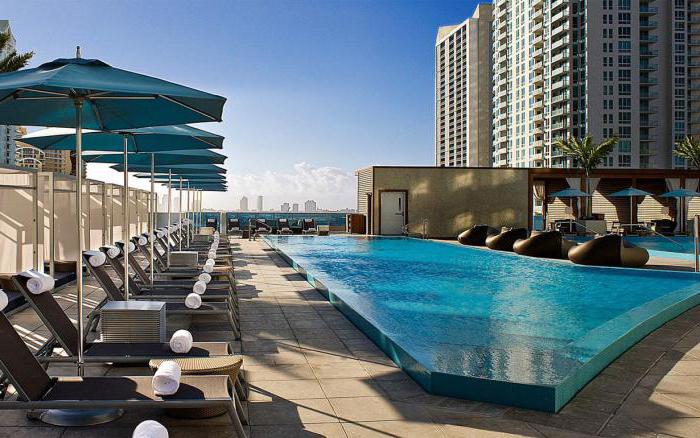
So, Italians, characterizing the most fashionable hotels, use a six-speed, but their system of certification of hotels. In it, the best of five-star hotels are characterized as luxury, the rest are marked in French.
The Greeks abandoned the "stars" and give a rating to hotels using the letters of the Latin alphabet A, B, C, D, rating five stars luxury. In fact, this is the same five-step assessment.
The British qualify their own hotels not with stars, but with crowns (monarchy after all). However, it is not difficult to determine the "stardom" of an English hotel - to calculate the number of crowns and take one away. Residents of Foggy Albion also use a different, earlier classification of tourist hotels:
- the highest category;
- first class;
- middle class;
- tourist class;
- budget class.
Other European accommodation qualification systems
In parallel with European practice, there are other characteristics of accommodation facilities. They are based, in contrast to the "star" system, not on complex, but on narrower indicators. However, in certain cases, it is precisely such criteria that carry weight.
For example, hotels have a capacity determined by the number of rooms:
- small (up to 150);
- medium (150-299);
- large (300-600);
- megabytes (over 600).
Hotels differ in their owner category. This classification of hotels characterizes them as enterprises of a certain affiliation:
- private
- joint ownership;
- public associations;
- joint stock;
- departmental;
- municipal;
- state.
Hotels become more attractive if located favorably. This classification of hotels is aimed at travelers who have certain excursion plans. Depending on individual plans for vacation or business trip, tourists will be interested in different SRs:
- urban
- resort;
- transit (at airports);
- roadside;
- boats, floaters.
For tourists, the classification of hotels by type of hotel service is essential:
- classic hotels;
- Motels
- suite hotels;
- resident hotels;
- B & B hotels;
- hotels timeshare;
- condominium hotels;
- Hotels with a casino.
The classification of hotels in terms of the cost of their services is relevant. Different categories of tourists use a range of services adequate to their market position at the price per night (in dollars):
- premium class (over 425);
- fashionable (125-425);
- first-class (95-125);
- medium (55-95);
- economical (35-55);
- budget (25-35).
The classification of hotels, according to the markets for their functioning, involves:
- camping campsites;
- youth;
- congress hotels;
- congress centers;
- resort;
- business.
Conclusion
Why should a better classification of hotels and other accommodation facilities be created? Obviously, the WTO criteria are not as specific as necessary for uniform international qualifications.
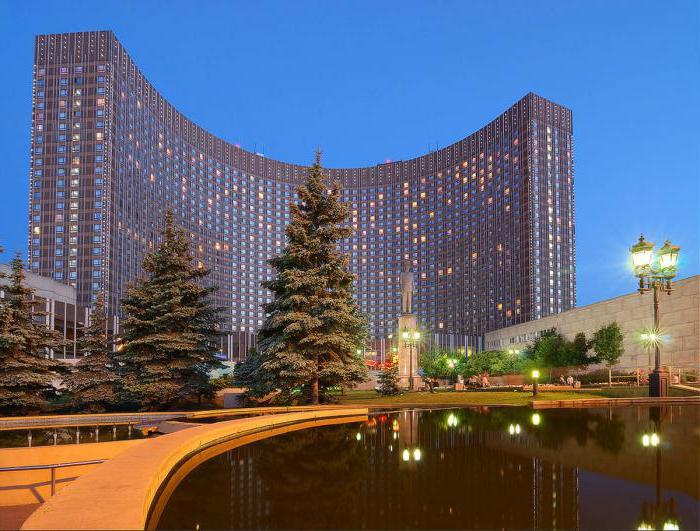
If a unified system were created, both travelers and accommodation services that would provide them would benefit.
Indeed, in the hotel business there are two groups of contractors: tourists and owners of SR. Travelers (demand carriers) need to be classified, because it helps to quickly and efficiently select hotels and similar accommodation facilities that have optimal characteristics for these people.
SR owners (bidders) are interested in classification, because it allows you to systematize knowledge about their business object and its market niche, determine “development points” and, accordingly, achieve optimal profitability. Nowadays, it is no secret that only a certified and, accordingly, advertised hotel business is competitive, and therefore effective.